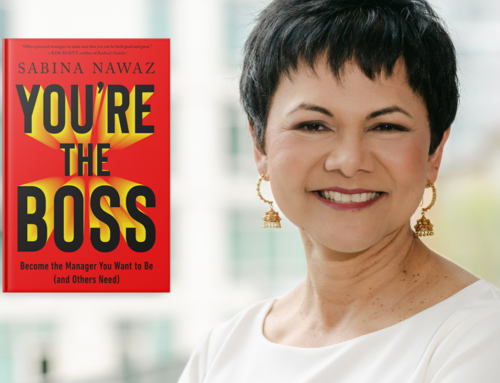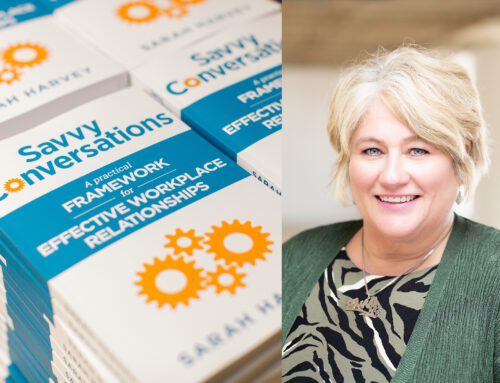Looking for a quick, work-related (tax deductible) summer read? Here are 5 fast ones that you can throw in your satchel to take to the beach…..Authors have responded to the need for speed by giving us short books, quick insights, and commentary on truncated speeches. It’s an age that demands that we get it in a hurry. These are the books to match.
People send me books all the time – friends, authors who want a review, PR folks doing their jobs, and so on. I tell everyone the same thing: it goes on the pile and several times a year I’ll read them all and pick out the most interesting to mention in a regular round-up. Most of them are about communications, but some are general business books. Here goes this round – a little (work-related) summer reading.
 How to Deliver a TED Talk – Secrets of the World’s Most Inspiring Presentations, Jeremy Donovan
How to Deliver a TED Talk – Secrets of the World’s Most Inspiring Presentations, Jeremy DonovanJeremy’s book is timely, because I’ve been blogging about TED and TED talks lately, as well as working on a few TED talks. The book covers all the basics of structure, content and delivery in a quick, summary form. This is a great fast read if you want to get an overview sense of how to deliver a TED-style talk and you don’t have a lot of time to spend studying.
 Engineers on Stage: Presentation Skills for Technical Professionals, Susan de la Vergne
Engineers on Stage: Presentation Skills for Technical Professionals, Susan de la VergneSusan’s book is a perfect primer for engineers and other left-brainers for whom captivating an audience with a compelling, charismatic story is not a natural act. She takes you through the whole process, from idea to structure to slides to delivery. Again, this a spot-on, quick summary of what you need to know in order not to make a fool of yourself or put your audience to sleep. Full disclosure: Susan’s a friend, and I blurbed the book.
 Small Message, Big Impact: The Elevator Speech Effect, Terri Sjodin
Small Message, Big Impact: The Elevator Speech Effect, Terri SjodinI like this book because it’s about elevator speeches, keeping things short, and doing your homework. And it uses the Monroe Motivated Sequence for speech structure, a sequence I often use with my clients. If you’re looking for a way to pack a lot into a very short speech, then this book will help you. It’s got lots of worksheets and step-by-step instructions to lead you through the entire process.
 The Three Rules: How Exceptional Companies Think, Raynor and Ahmed
The Three Rules: How Exceptional Companies Think, Raynor and AhmedA friend sent me this book, but I have no vested interest in anything beyond the idea itself. And that is so simple that you can get it in a paragraph. The authors studied vast numbers of companies in order to find out what the best-performing companies do to succeed. They boiled that down to 3 rules: better before cheaper, revenue before cost, and there are no other rules. That’s marvelous concision in this time-challenged world, and I thank the authors for doing all the hard work to be able to make success so simple.
 Brick by Brick: How Lego Rewrote the Rules of Innovation and Conquered the Global Toy Industry, Robertson and Breen
Brick by Brick: How Lego Rewrote the Rules of Innovation and Conquered the Global Toy Industry, Robertson and BreenLEGO had a near-death experience a few years back when it followed all the best advice of the time and let loose the dogs of creation on the company. Things got out of hand, and the company nearly went under. Then, around 2005, the company got smart and systematic about innovation – creativity with rules. That’s worked brilliantly, and LEGO is now at the top of the global toy heap. The story of how the company did it is fascinating and may just keep you from making the same mistake.
Each of these 5 books is a fast read and full of good ideas. Worth spending a little time with — even in summer time.








Leave A Comment